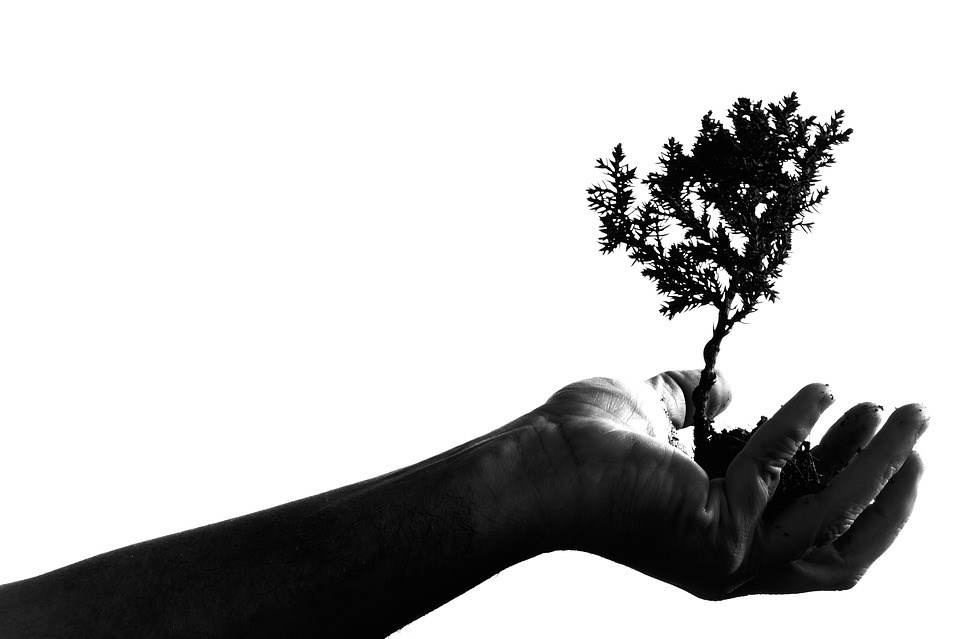As I look back through 2019 and contemplate my 50th article for The Tri-City News, the alarm bells of our changing climate are ringing louder.
(Remember, it is the rate of change that is alarming; climate has been changing through geological time.)
Peter Wohlleben, a German forester turned teacher-guide, wrote The Hidden Life of Trees, followed by The Inner Life of Animals and The Secret Wisdom of Nature. What he reveals about trees and nature makes me marvel all the more at our wild world, and how little we know and understand.
Take forest regeneration, for example. The large-scale felling of trees hinders nature’s way of regenerating itself by allowing sunlight to reach the forest floor, thereby enabling grasses and non-woody plants to begin establishing. Foragers, such as deer, are then enticed to enter these forest clearings, consuming any tree saplings that start to germinate. The sunlight also warms up the ground and surrounding forest, changing the micro-climate that once was.
Our longstanding forestry practices have replaced the mixed deciduous forests of old with unnatural coniferous plantations. Pine (and eucalyptus, found in Australia but planted in California) burn like tinder. B.C.’s shocking use of glyphosate to kill (“control”) broadleaf species has likely hastened the demise of our forests by ravaging fires.
Trees do not naturally grow quickly. As Wohlleben explains, in undisturbed ancient forests, youngsters have to spend their first 200 years waiting patiently in their mother’s shade. As they struggle to put on a few feet, they develop wood that is incredibly dense. In modern managed forests, seedlings grow without any parental shade to temper them.
They consequently form large, less dense growth rings, making them susceptible to fungi (not to mention, winter storms). A tree that grows quickly rots quickly, and therefore never has a chance to grow old.
Wohlleben’s view of city trees is, of course, stark. They’re like street kids: isolated and struggling against the odds without strong roots. (I shudder seeing our strata street trees submerged in water due to soil compaction and insufficient below-ground organics, causing their roots to girdle.)
Incidentally, tree growth rates have also been increasing due to pollutant emissions. On the one hand, we humans are glad to learn that trees absorb our carbon dioxide but now we’re doubly responsible for their unhealthy growth rates.
Intact forests also ensure that rainfall spreads over a wide area and reaches the ground slowly so the soil has time to absorb almost all of the moisture. Without leafy canopies, soil, along with its vital nutrients, gets washed away, ending up in streams and the ocean.
In November, I shared about soil health and the invisible world of micro-organisms — the billions of minute creatures that are crucial to the recycling of nutrients and therefore essential to life itself. Wohlleben discloses that viruses, bacteria, flagellates, ciliates, heliozoans and fungi have been found at depths of up to two miles; almost 500 m below ground, one can find millions of these life-forms per cubic inch of matter. Initial rough estimates suggest that rock layers could be home to 10% of the earth’s total living biomass, with groundwater supporting a wealth of crustaceans and other microbes.
The food chain, therefore, exists well above and well below the Earth’s surface. The greatest threats to groundwater, he says, are deforestation and fracking for oil and gas.
Moreover, climate change is bringing longer growing seasons. Trees now have less time to take a break — for forests to hibernate — and, consequently, less time to replenish groundwater supplies.
Nature’s innate complexity means that the implications of a quickly changing climate are vast and complex. Let 2020 be the year you are inspired to see nature differently.
Melissa Chaun of Port Moody is an ecologist with a passion for all things sustainable. She is a member of the Coquitlam River Watershed Roundtable and volunteers on various city committees.
*****
WHAT YOU CAN DO
• Practise the posture of curiosity. Last summer, I shared what the science has been telling us about fish hatcheries. (They are not only not helping our wild salmon, they are actually interfering with their very survival.) Having an open mind that is hungry to learn and that questions the status quo cultivates a humility that recognizes we will only ever know and understand in part the infinitely complex natural world.
• Mimic nature every day, in at least one way. The field of biomimicry — the design and production of materials, structures and systems that are modelled on nature — has been burgeoning in recent years. Check out biomimicry.org for its inspiring Launchpad of ideas and library of resources.



